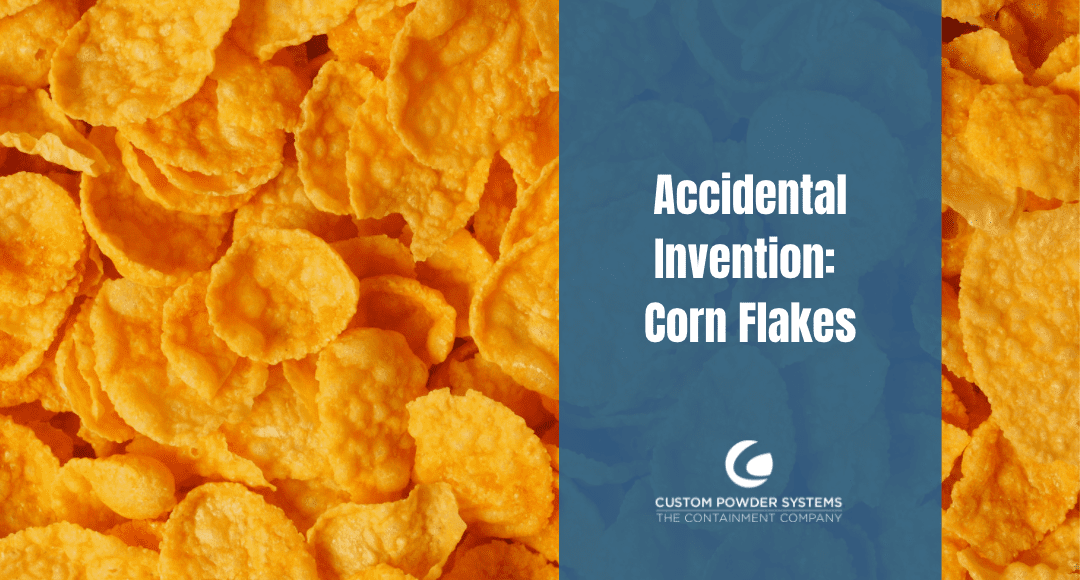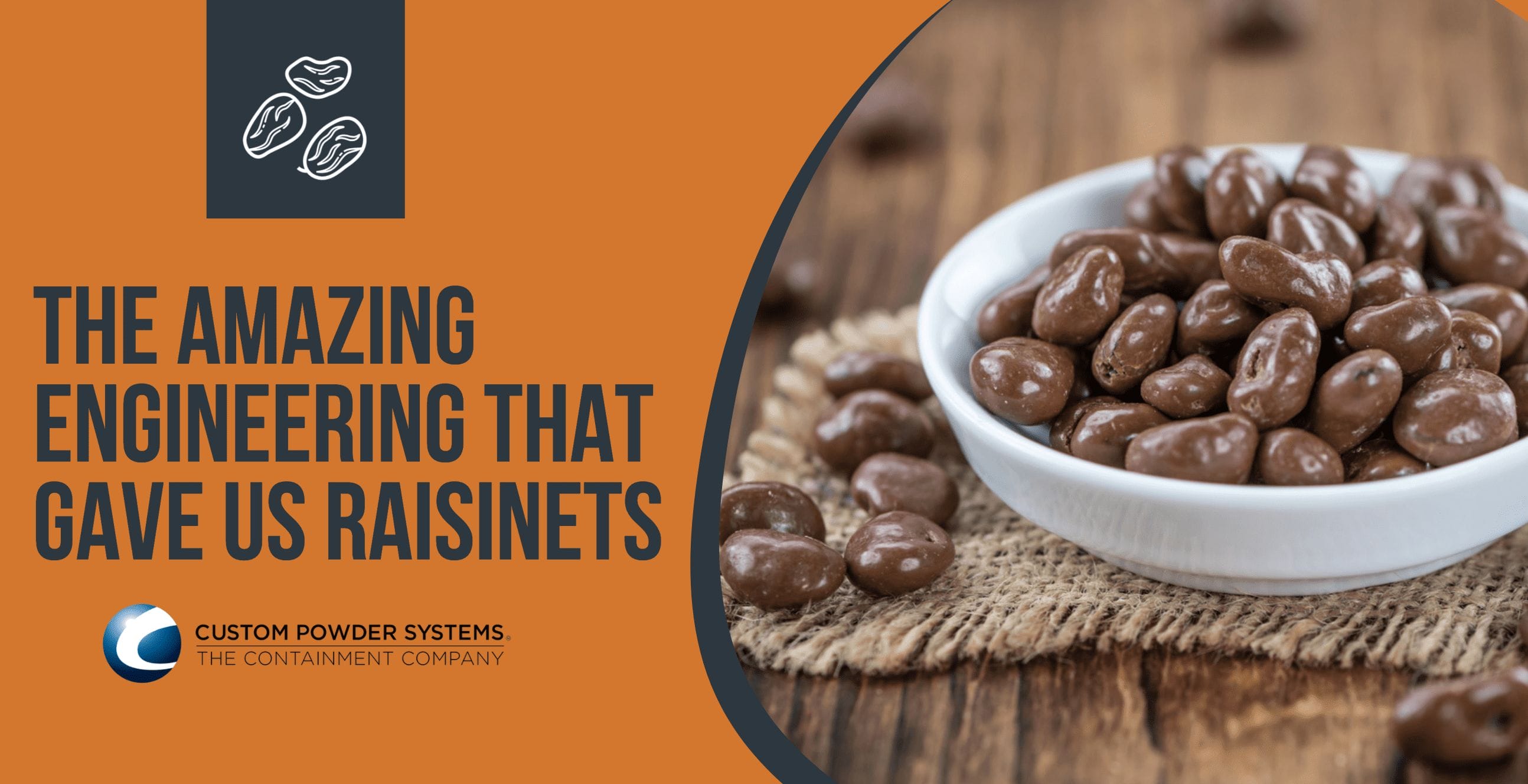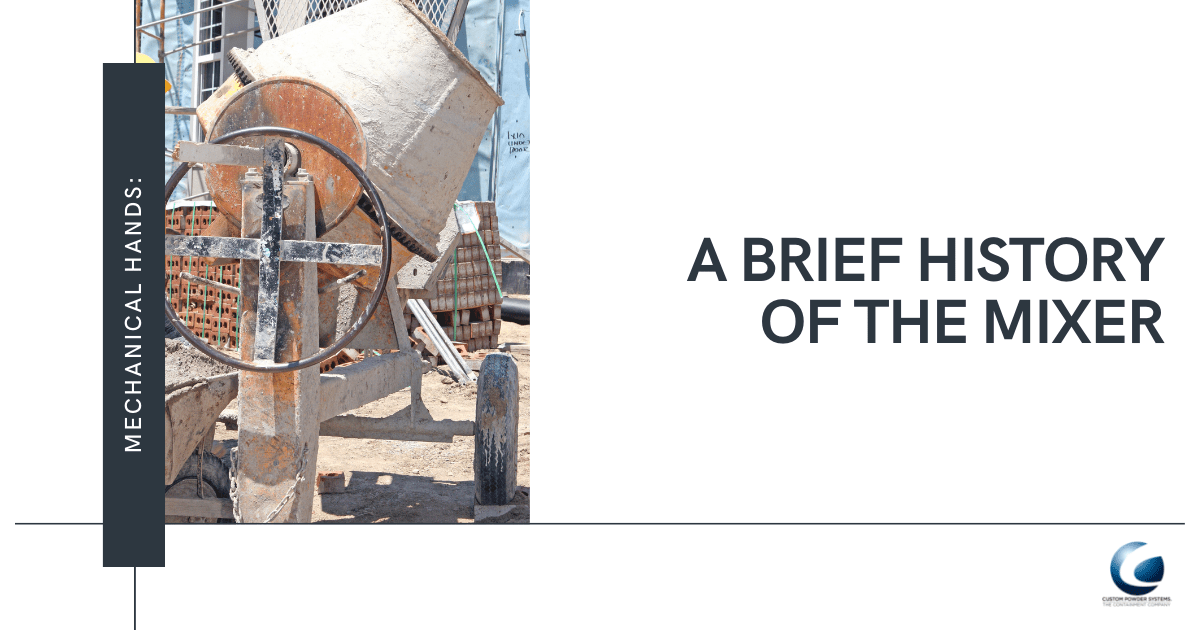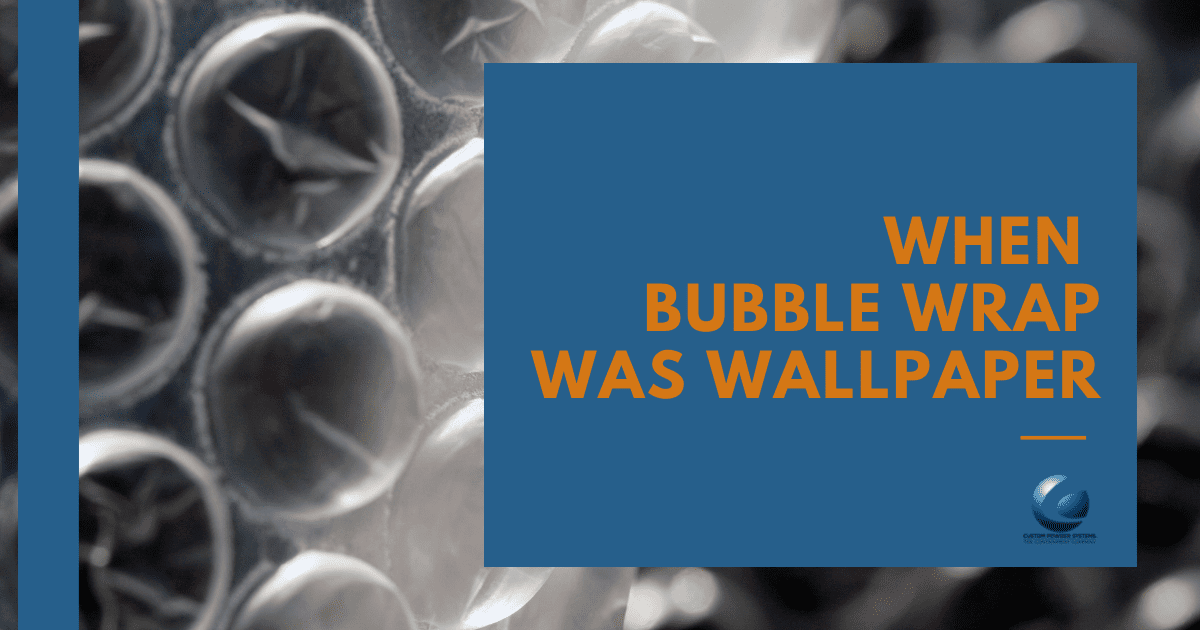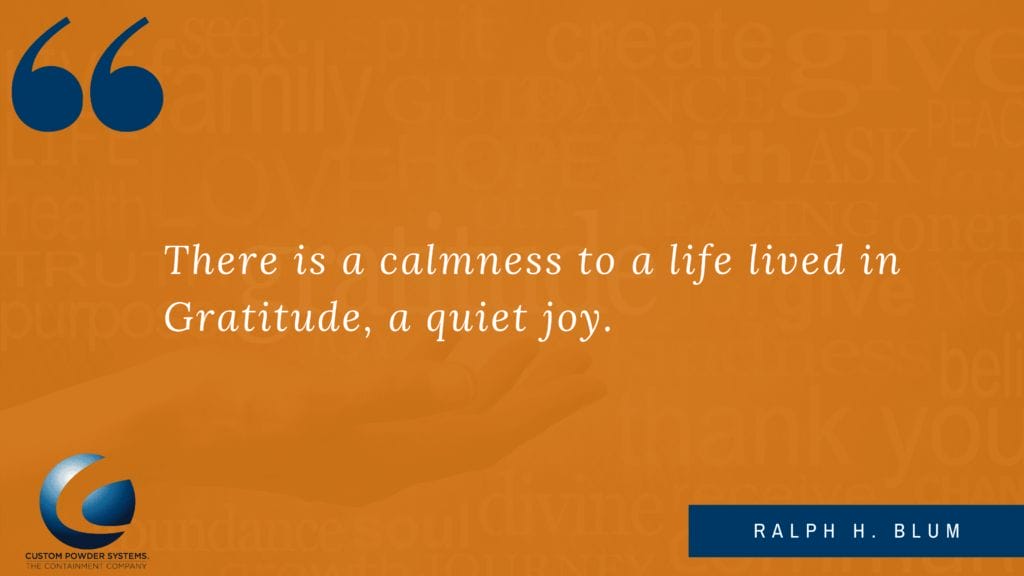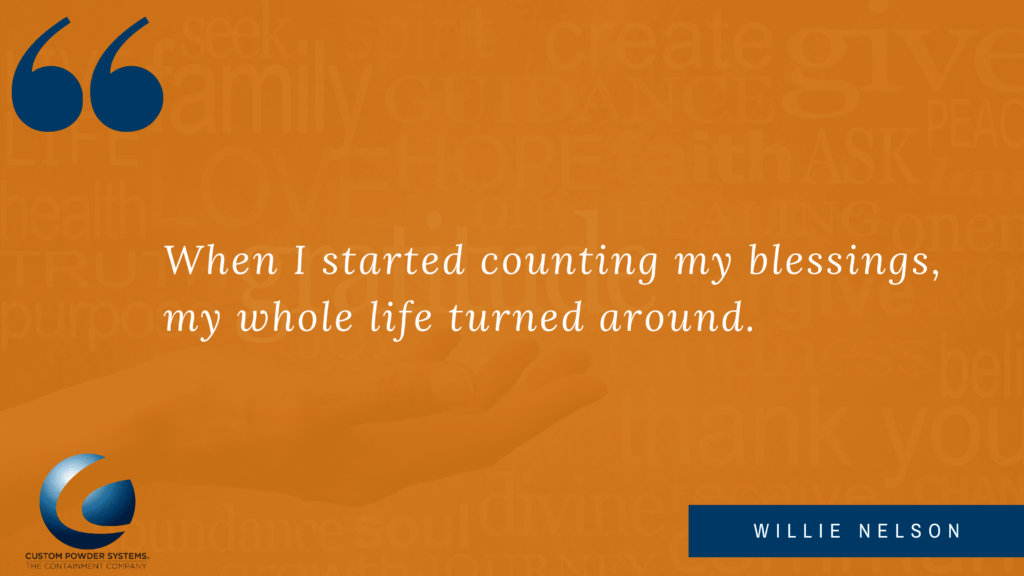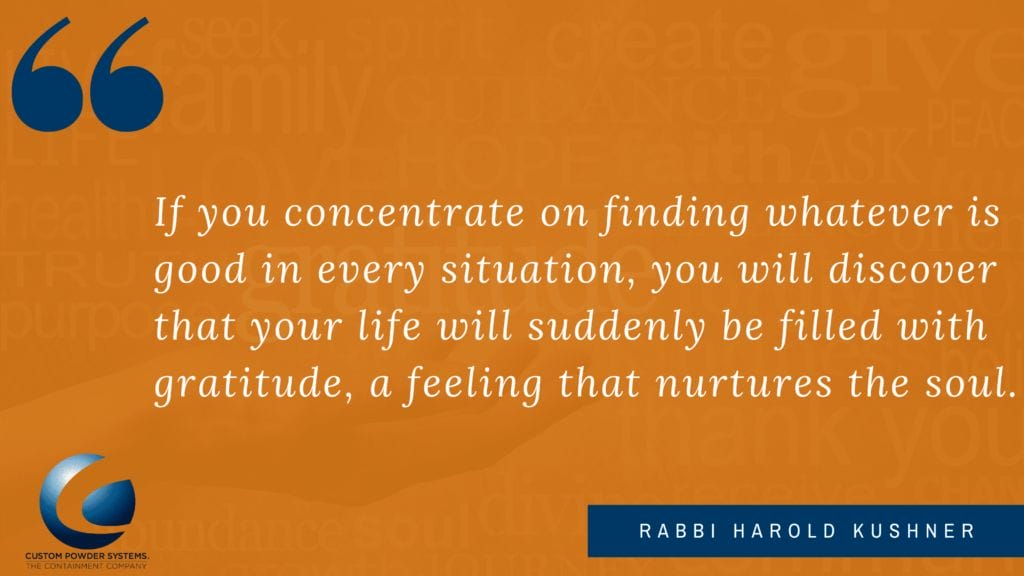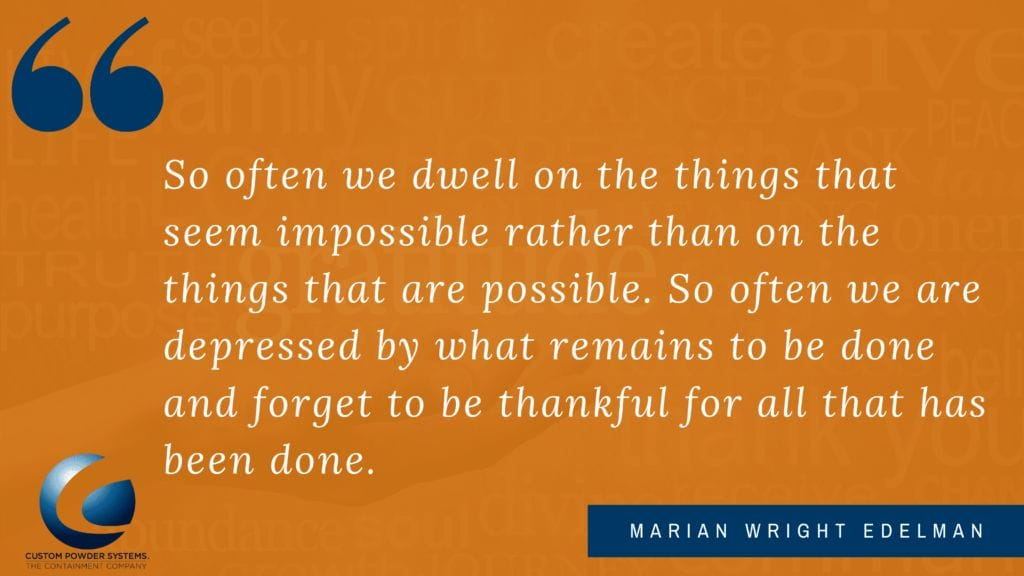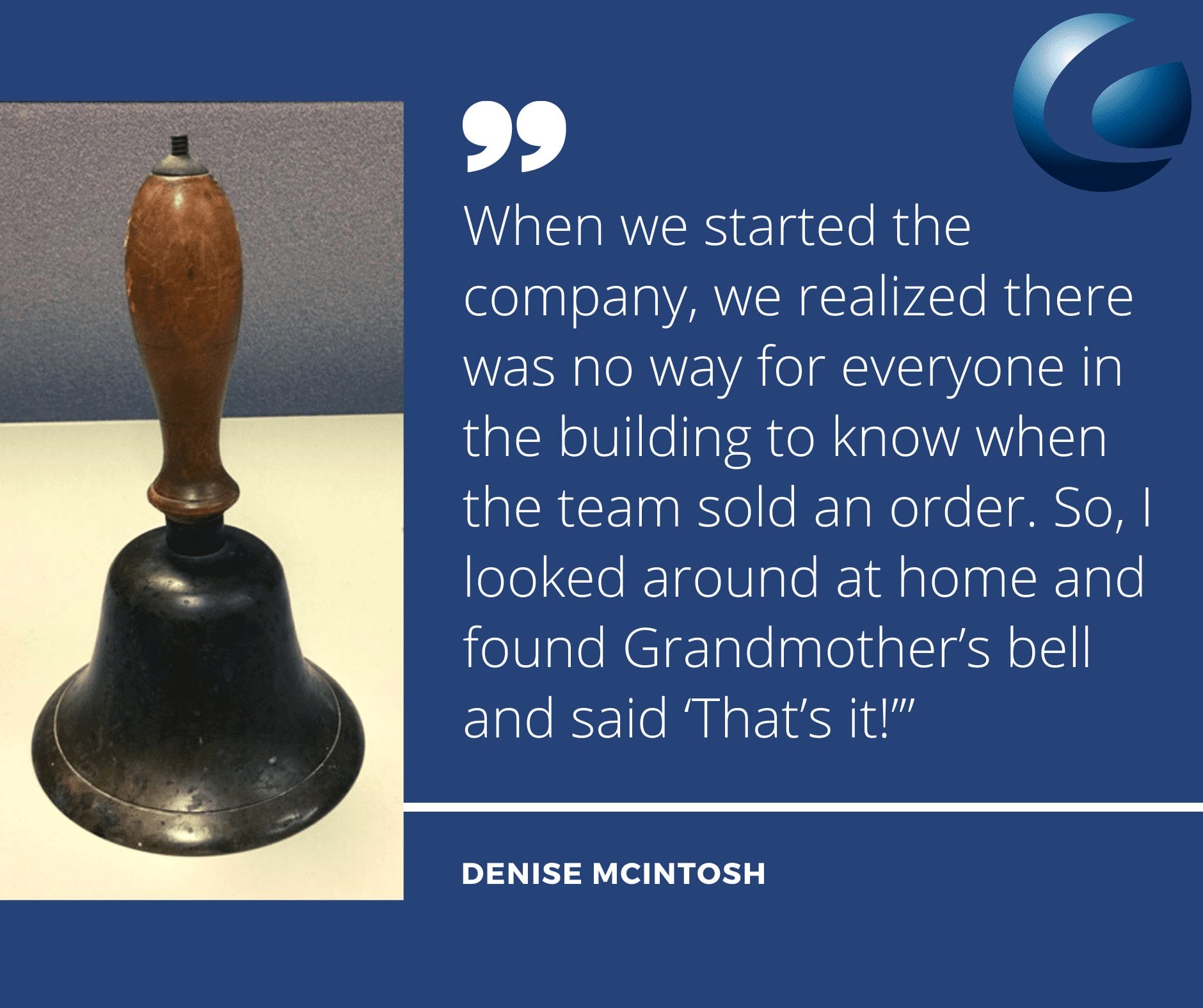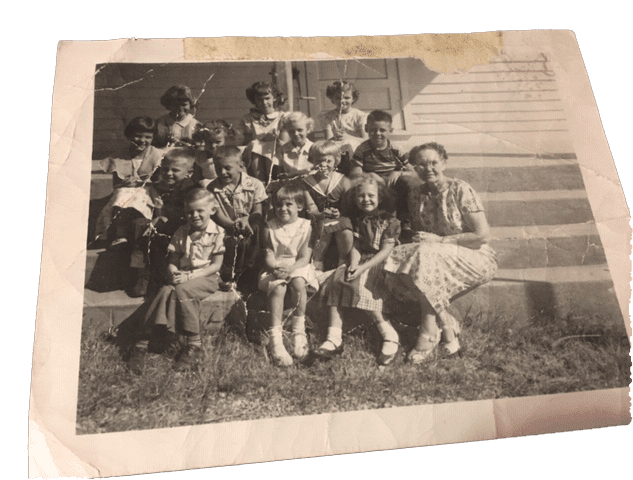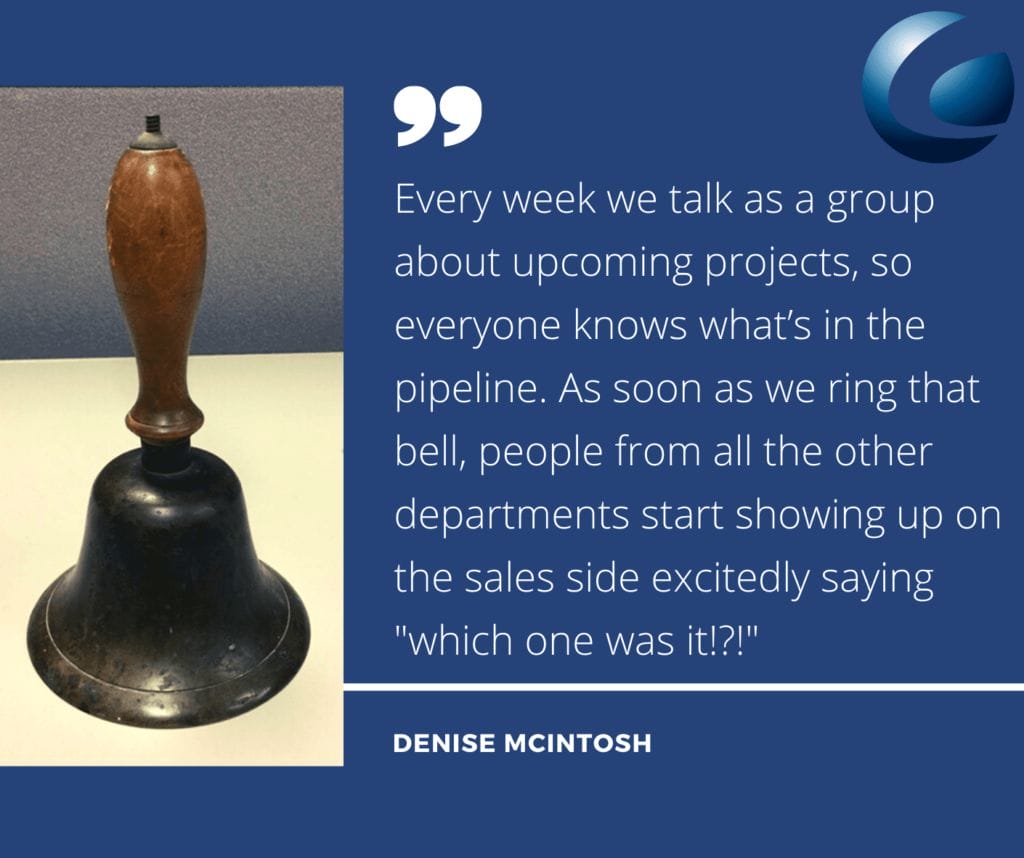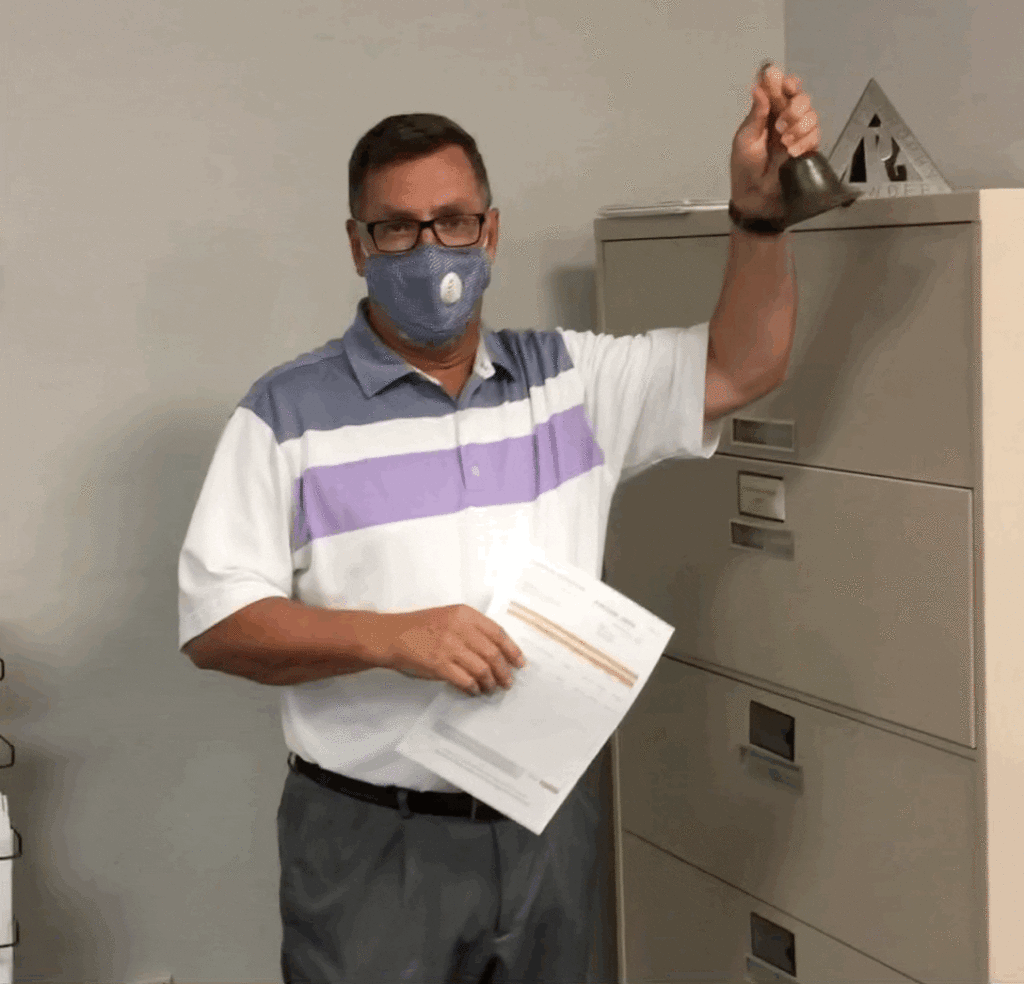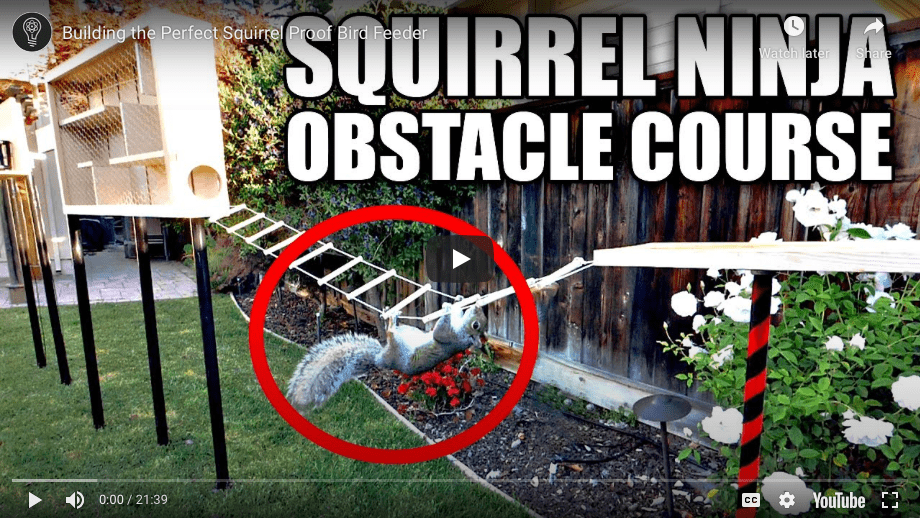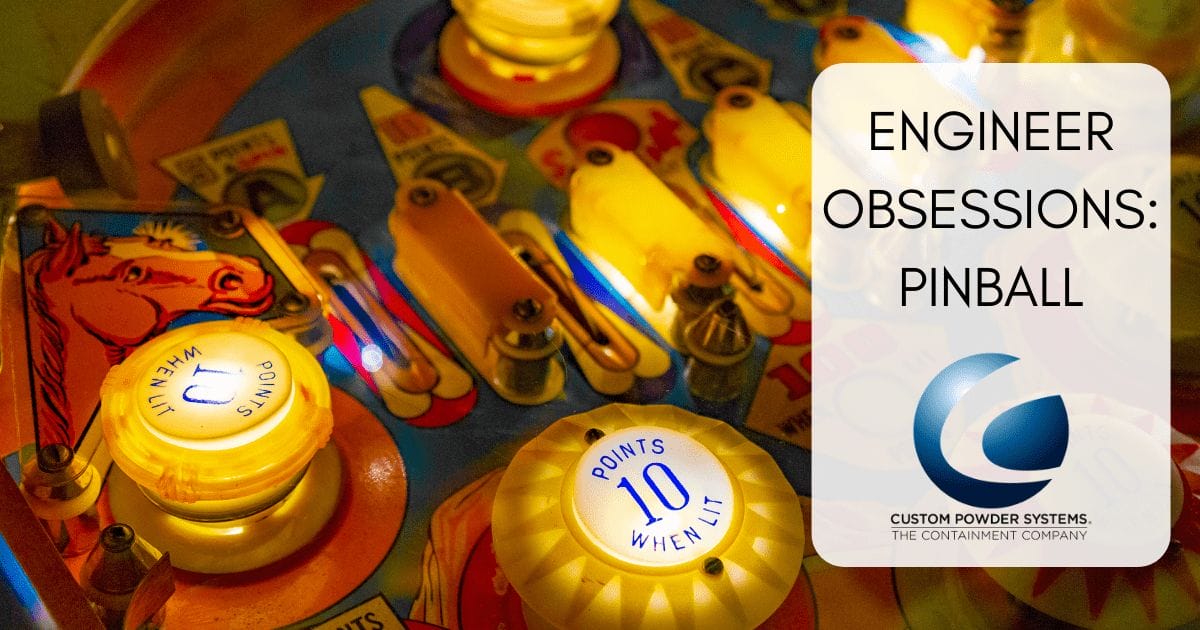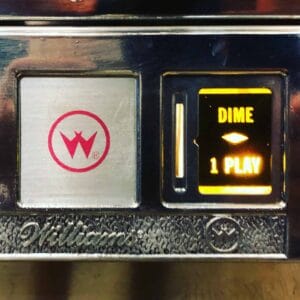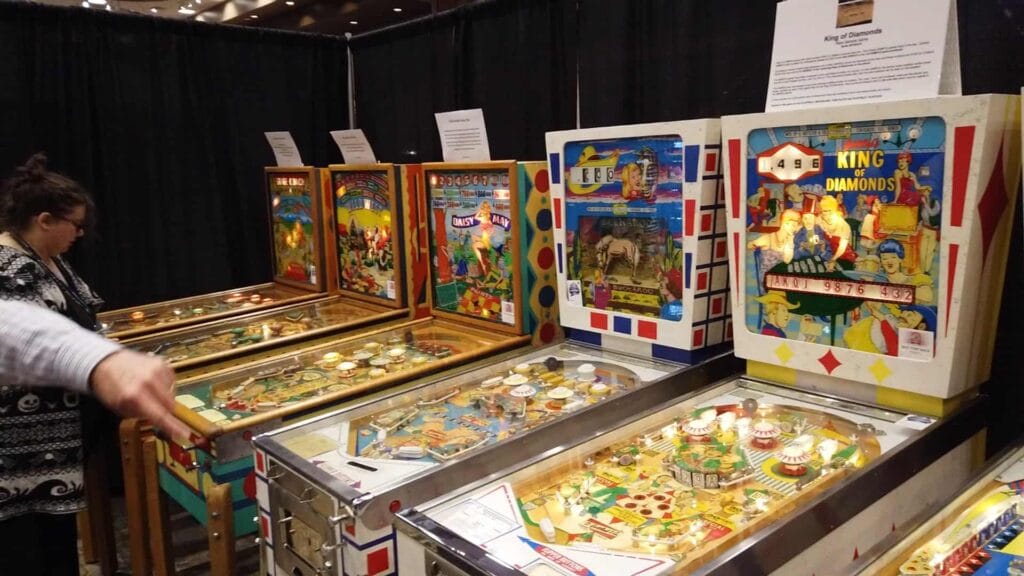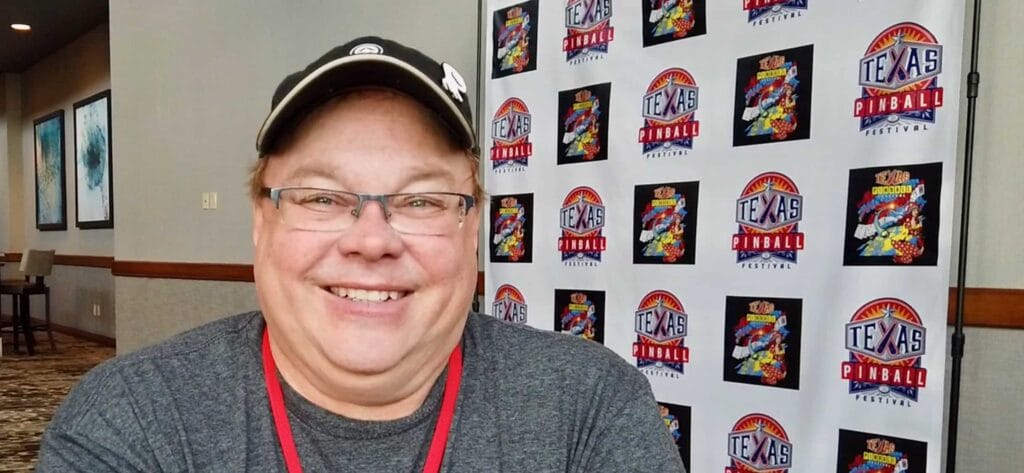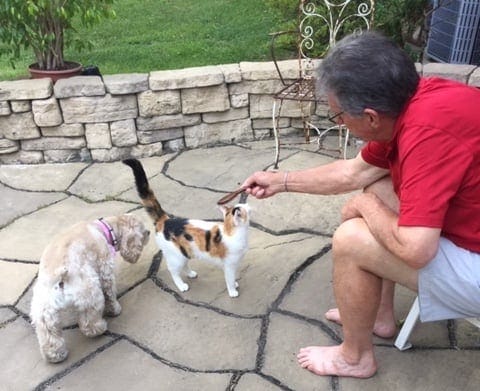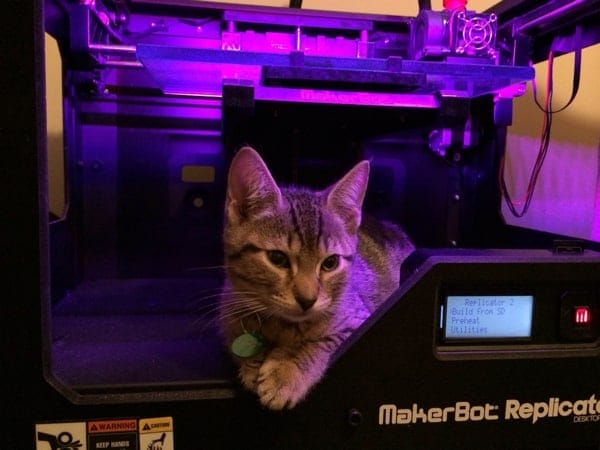Rumor has it that the phrase “the real McCoy” could have come from a variety of sources. But the origin story we like the most is about Canadian inventor Elijah McCoy and his coveted products which customers understandably only wanted authentic versions of.
If you want something that’s “the real McCoy”, you’re probably looking for “the real deal” or a “genuine article.” But where did this idiom come from? Who is McCoy, and why are they the gold standard for authenticity?
Truth be told, there are many theories about the origins of this phrase ranging from a Scottish poem to a Canadian book, to a Roman radio show. But, we’re going to focus on the one involving the prolific nineteenth-century inventor Elijah McCoy.
A Son of Slaves
Born in Canada in 1843, Elijah McCoy was the son of former slaves George and Emilia McCoy who had fled to the country for their freedom. Following the Civil War, the family then moved to Ypsilanti, MI to restart their lives in the United States. As an adult, Elijah traveled to Scotland to be educated as a mechanical engineer.
Upon completion of his studies, he returned to the US and went to work on the Michigan Central Railroad. As a black man, however, he all-too-commonly faced discrimination in his field and was hired as a train fireman despite his engineering training.
A Reputation on the Railroads
Elijah did not let his setbacks stop his genius creativity, however, and quickly began inventing products that would make train maintenance easier and more effective. He received his first patent for an automatic oiling device that allowed locomotive engines to be lubricated while still running instead of stopping as previously required.
This revolutionary device significantly improved efficiency, therefore saving train operators precious time and money. Elijah’s reputation for creating quality products quickly grew, and to avoid receiving cheap substitutes, users of heavy machinery were said to have asked for “the real McCoy.”
A Plethora of Patents
Elijah continued inventing through the remainder of his life, ultimately earning over 50 patents for his designs. He was eventually inducted into the National Inventors Hall of Fame in 2001.
Facing racism and systemic hardships as a black man from the beginning, it is truly inspiring how Elijah McCoy was able to establish a long, successful career for himself. And it is even more incredible that his name has continued to be a recognizable part of the English lexicon over a century later.
We at Custom Powder Systems love to see engineers who come from all types of backgrounds create great things. If we can help you invent something, let us know!
To learn more about Custom Powder Systems and the art of engineering, sign up for our newsletter.


